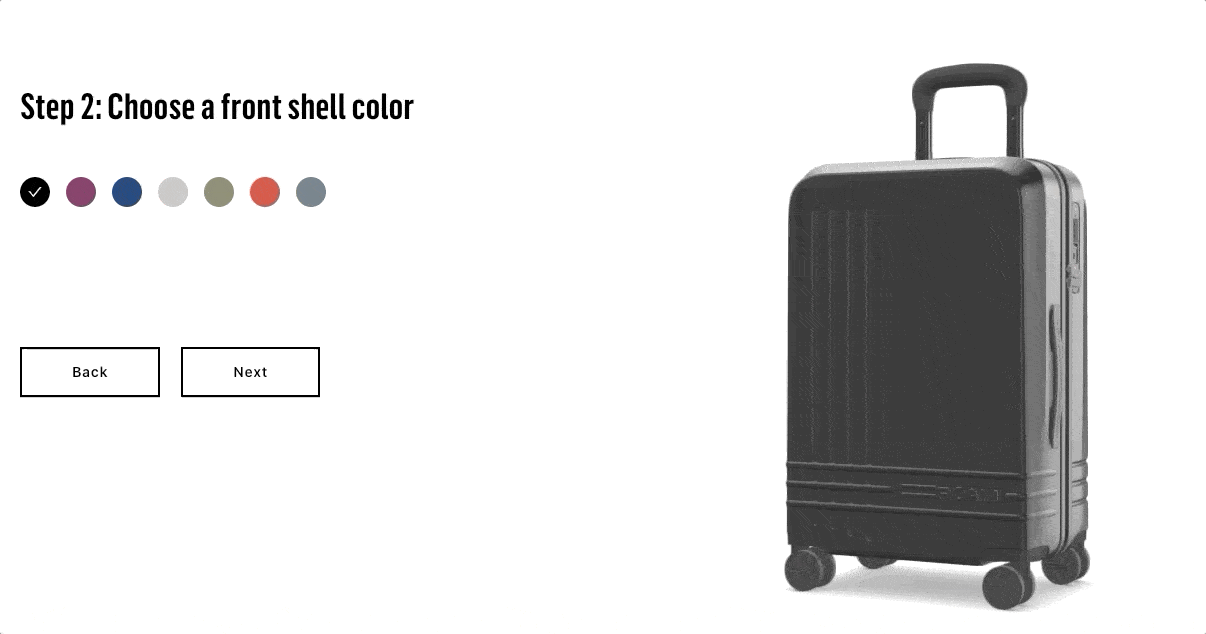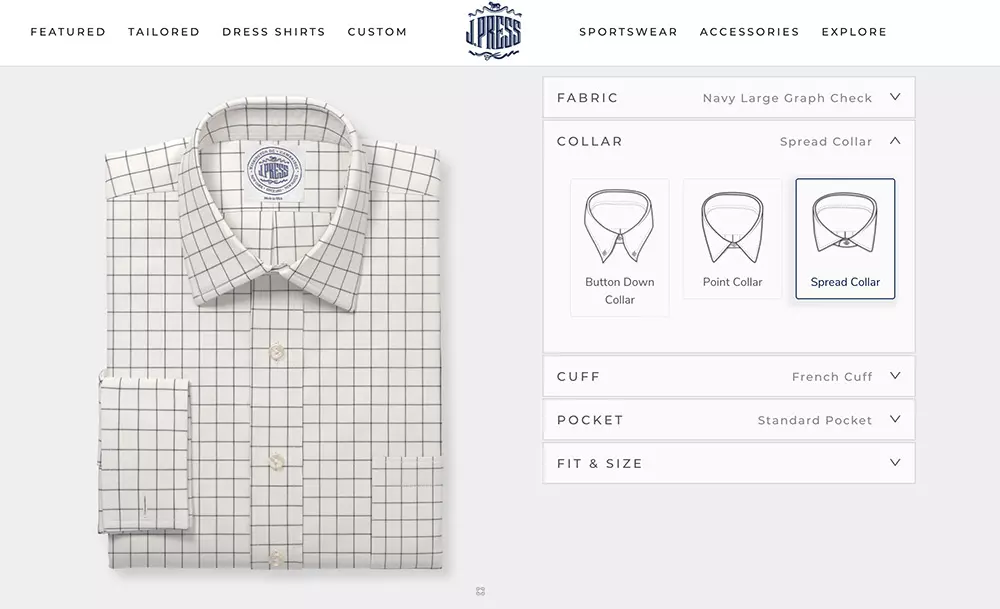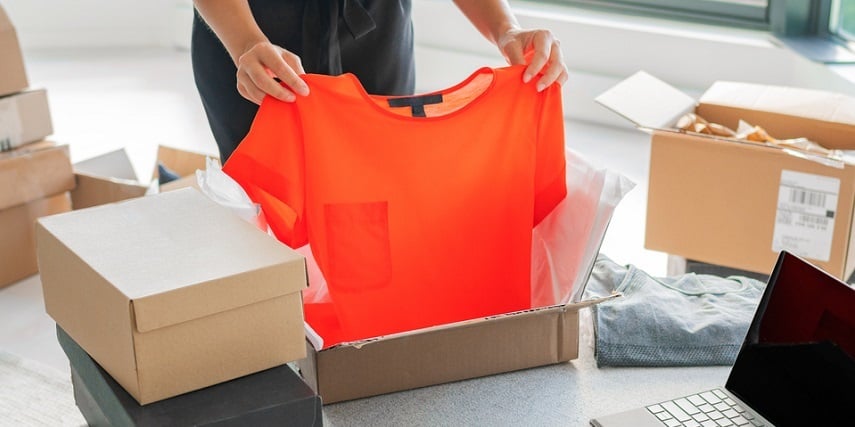How to Use 3D for eCommerce Engagement on Your 2023 Business Website

3D for eCommerce is a growing trend throughout the 2020s, but uncertainty seems to be the newest trend for 2023. How will inflation impact the economy? Will consumers continue spending online? What happens if the world moves into a recession?
Ultimately, what can eCommerce merchants do to ensure revenue growth? A 2023 trends report found that shopping websites need to:
- Engage customers
- Promote value
- Reduce returns
3D for eCommerce can add the necessary elements to a website to address these three critical capabilities.
Engage customers on the home page
As an eCommerce merchant, you have 45 seconds to capture a shopper's attention. Your home page needs to engage the customer in less than one minute.
But if you have a static home page, what will draw them further into your site?
Suppose you sell custom jewelry online. Instead of a static page with a lifestyle photograph, place a best-selling item on the home page.
Then, use the configurator to show how the designs, gems and metals change. The page can be designed to allow the image to rotate automatically.
With the 3D configurator on the home page, your site will engage the customer in seconds. You can focus on a single item or use the page to show multiple products—either option draws the user to your site.
Engage customers while shopping
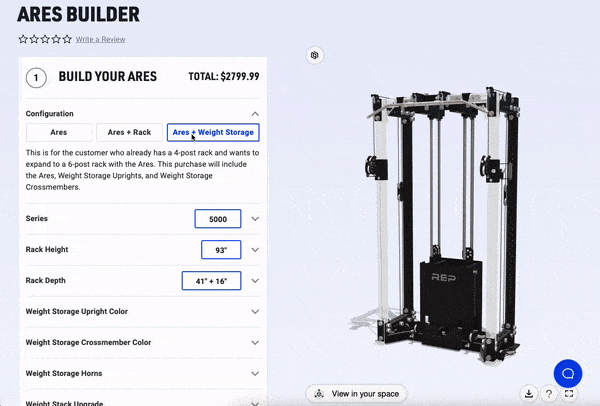
Once shoppers are on your site, continue using the 3D configurator for each product. You've set the expectation, and you need to deliver. Even products that have few options should allow a 360° view and have a zoom feature.
For example, suppose a merchant sells custom T-shirts. Most products come in multiple colors and designs, but one t-shirt only comes in one color and has multiple designs.
The merchant could display static design images since they can't be altered. However, a better experience would be showing the shirts' designs and letting the customers zoom in for a detailed view.
Promote product value
Customers will be more price-conscious as inflation continues.
Merchants can lower prices as a way to maintain competitiveness. But lower prices do not guarantee increased revenue.
Another approach would be to promote the value of the product. With 3D for eCommerce, merchants can show how their products differ from the competition.
For example, let's assume you sell tailored men's suits. The suits would be more expensive than off-the-rack styles.
Using 3D technology, you could show the fabric quality and the tight weave, explaining how that translates into more durable suits.
You could also use the configurator to illustrate how a bespoke suit is created. You could start with the measurements, which could serve as a tutorial for the shopper. From there, you could move on through fabric selection and finishing, underscoring the value of your product.
Reduce returns
Returns eat into a merchant's profits.
First, there's the loss of revenue and the cost of the return. Then, there's the question of inventory.
A 3D configurator can reduce the number of returns by giving the buyer a better representation of the product.
A recent survey found the leading reasons for returning online purchases are size, fit or color. These reasons were followed by damaged or defective items or poor quality.
Although 3D for eCommerce can't rectify damaged or defective products, it can help buyers choose the correct size, color and fit.
3D for eCommerce helps shoppers find the perfect fit

Shopping for clothes online is challenging—not only for the shopper but also for the seller. Returns may or may not be placed back in inventory.
Also, even if the customer pays for the return shipping, the merchant has the cost of processing the return.
For example, suppose a consumer is looking for a woman's swimsuit.
As an eCommerce merchant, you want the consumer to order the right swimsuit the first time. You may have size charts. You may have "fit quizzes" to help refine size requirements.
While those tools help, seeing the suit on the customer's body type is as close as it gets.
Consider letting the customer create their avatar from a template of body types. Use the measurements the shopper puts in to adjust the image and save it. Anytime customers return, their avatar will be available to try on swimwear.
The 3D configurator can display the suit on the avatar and show the suit in the selected colors. The picture should include a 360° view to ensure a proper fit.
The closer merchants can get to representing the product in the physical world, the more likely the shopper will buy.
Creating confidence with 3D for eCommerce
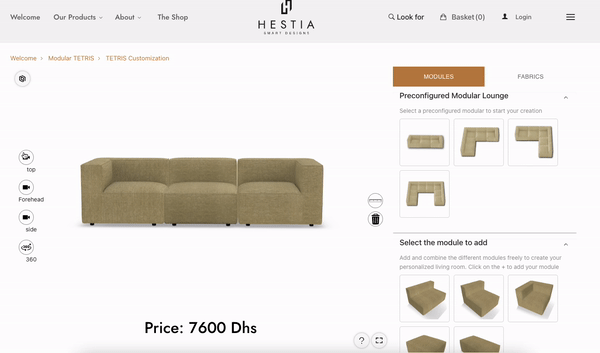
Shoppers want to receive the purchased item without the hassle of a return; almost 80% of shoppers want a hassle-free return policy that matches Amazon's.
In fact, a merchant's return policy can cause consumers to abandon their carts.
Simultaneously, merchants want a return-free purchase. Although they may not be able to compete with Amazon's nearly 40% market share, they can provide a better buying experience that minimizes returns.
Shopper confidence
With 3D for eCommerce, merchants can reduce the number of returns by providing a more representative buying experience. Consumers can see their purchases in the exact configuration that they've selected, making for a more confident purchase.
Providing an engaging and immersive buying experience can keep the shopper on a site longer. A 3D configurator can deliver that interaction.
For example, customers can imagine what a room looks like with different furniture pieces. Seeing the items together lets buyers decide if the colors and finishes fit.
Merchant competition
As inflation continues and competition for consumer dollars increases, eCommerce merchants need to look at how to achieve a competitive advantage.
A 3D configurator is a single tool that can address critical trends in 2023. It can demonstrate product value that differentiates one merchant from another. The technology can illustrate the features that make a purchase decision more than just about price.
Beginning with the home page and continuing throughout the buying journey, 3D for eCommerce delivers consistent interactions that allow users to easily navigate through a product catalog for a frictionless experience.
If you're interested in seeing how 3D configurators can deliver a competitive advantage, contact us to learn more about our 3D technology.


